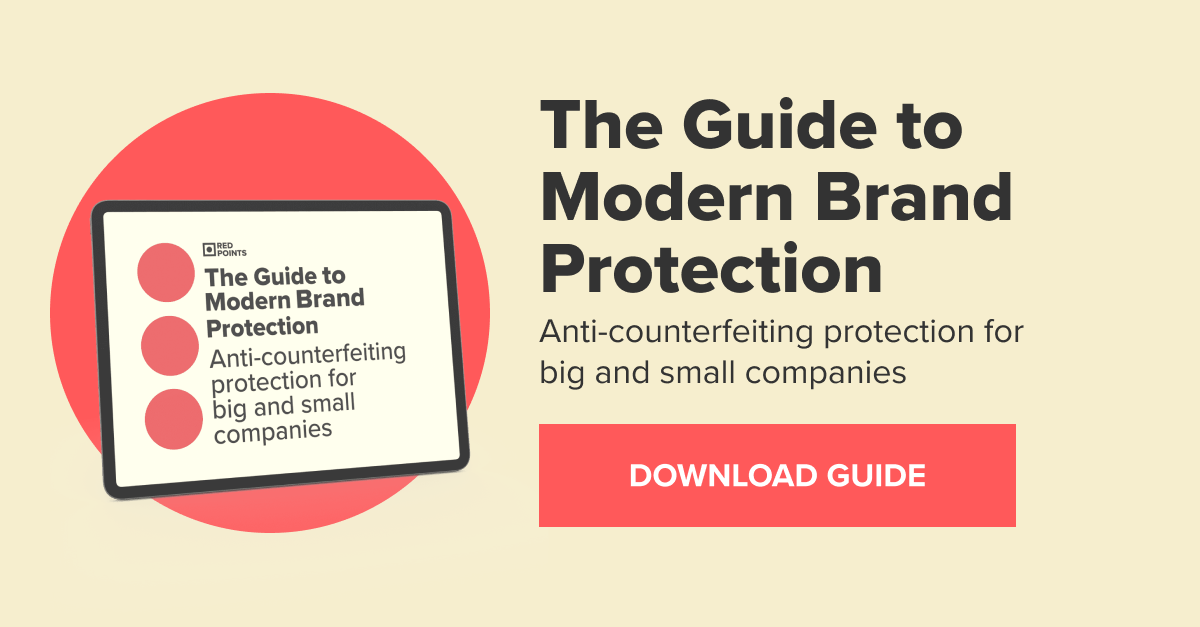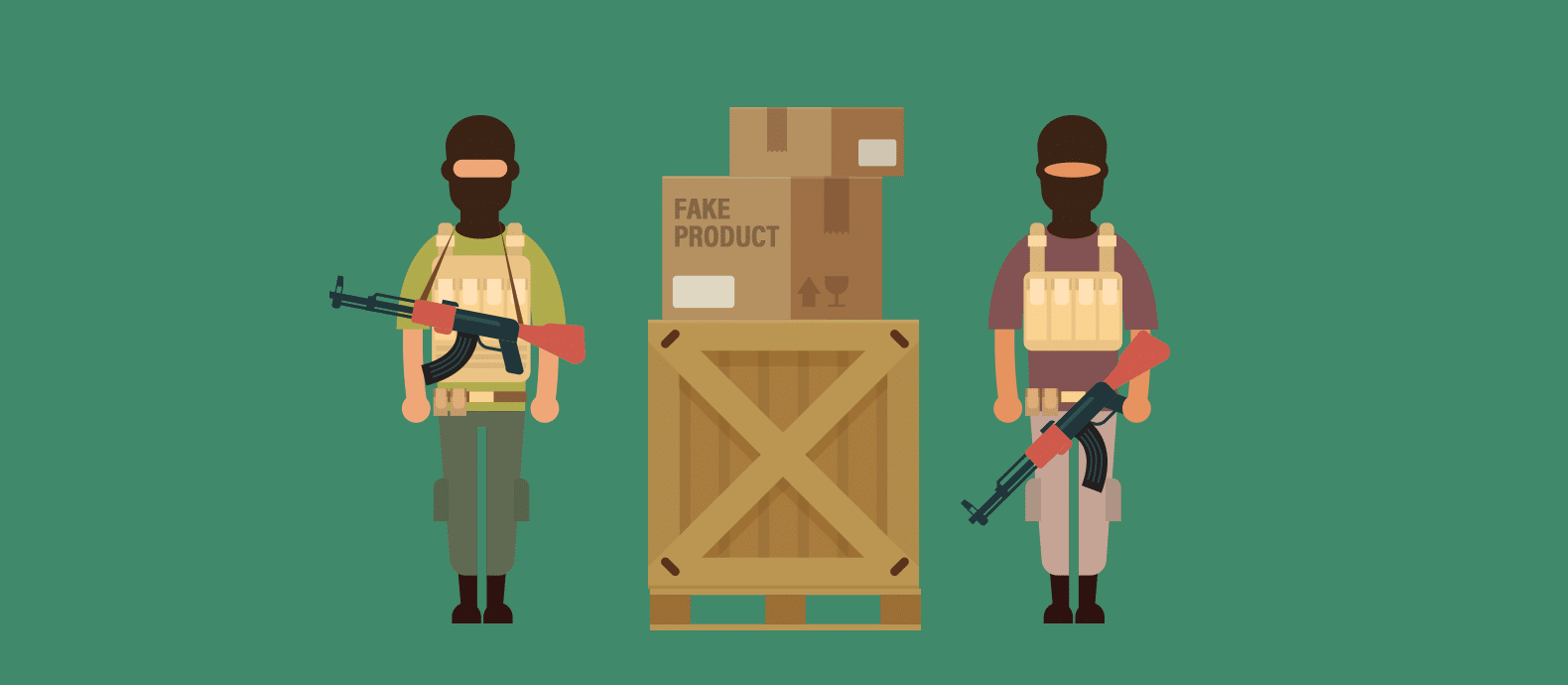For terrorism – in whatever form, or in whatever location – to be successful it needs cash. Cash to buy arms, to finance the operatives who engage in their criminal activities, and in some instances, to bribe officials. The following analyses examine some of the links between counterfeiting, piracy and terrorism and the criminal acquisition of money of these groups.
Key points
- Counterfeiting is widely used as a way to fund terrorist groups.
- These operations are found worldwide, including Colombia, Ireland, the Basque country, the United States and more.
- In India, criminal infiltration means that Bollywood film piracy funds terrorism.
- The United States Senate in 2017 introduced a bill, S.1241, to address these issues.
Counterfeiting and its links to terrorism
A recent report by the United Nations Commission on Crime Prevention and Criminal Justice (CCPCJ) – established in 1991 – found that counterfeiting in the latter part of the second decade of the 21st century was the second largest source of income worldwide for criminality in all its forms.
First, it must be stressed that “counterfeiting” does not necessarily mean the illegal printing of a currency. It also means the illegal production of branded consumer goods with globally recognized names such as Nike, Sony, and Calvin Klein. (Calvin Klein is a U.S. fashion house that produces not only expensive wearing apparel, but luxury items such as watches and jewelry), as well as innovative products looking to gain a foothold in their industry.
Interpol has recognized the connection between IP piracy and counterfeiting of luxury goods and the funding of such terrorist groups such as Al Qaeda and Hezbollah. Research by Interpol has found that the distribution of counterfeit name goods is wide-spread in many large U.S. tourist destination cities such as New York, Los Angeles, and Miami – to name but a few. It is estimated that the cost to U.S. businesses is in the hundreds of billions of $USD. Of course, if only 1% of this amount found its way to terrorist organizations it is still quite substantial
It would be just too easy to state that the various terrorist Islamic organizations are the only “criminal” entities that obtain substantial funding from counterfeiting activity. There are other guerrilla groups, political groups, extremist religious groups and separatist groups who also profit from counterfeiting. Below are some of these organisations – not exhaustive.
The IRA
There is ample evidence to support the accusation that the IRA is/was involved in counterfeiting activities. The most publicized episode was in the 1990s when two IRA members set up a laboratory near Miami and produced a veterinary product with a legal company’s name – Ivomec – on it. As many as 30,000 bottles of this product were sold. Eventually, the IRA members were tracked down and fined $USD 6 million.
The ETA: Euskadi Ta Askatasuna
As far back as the 1970s, ETA was financing its terrorist activities from the sale of counterfeit brand-name clothing and bags in the south of Spain. They also produced fake brand name cigarettes. In 2011 a permanent ceasefire and cessation of armed activities was agreed to with the Spanish Government.
The FARC (Revolutionary Armed Forces of Colombia)
This guerrilla group was first formed in 1964. They agreed to disarmament in 2017. However, during their 53 years, they engaged in executions, kidnappings and robbery and intellectual property theft and counterfeiting on a large scale. Many intellectual papers have been written about the FARC. One in particular report worth reading was by Dr. Jeffrey Scott McIllwain titled “Intellectual Property Theft and Organized Crime”, published in June 2005.
The D-Company of India
Sometimes known as Dawood Company, this criminal organization was established in the 1970s by drug-dealing criminal Dawood Ibrahim. In 2011 the FBI had him as number three on the “World’s 10 Most Wanted Fugitives”. D-Company not only controls most of the black market in counterfeit cultural products in the Indian City of Mumbai but has also infiltrated the film industry of India. The operations by D-Company also provide proof that piracy funds terrorism – with the sales of counterfeit DVDs their influence in Bollywood.
Money laundering fuelling terrorism
Whilst counterfeiting and piracy may have had the spotlight in the early part of the 21st century in regard to the financing of terrorist activities, it took until the latter part of the second decade on the 21 century for money laundering to come into the equation.
In mid-2017 four U.S. Senators – who had been concerned that money laundering was, in part, financing terrorism – introduced a bill, “Senate Bill 1241: Combating Money Laundering, Terrorist Financing, and Counterfeiting Act of 2017” into the U.S. Senate. It eventually found its way into the House of Representatives, and although it is complex in nature – and still in its early days – it promises to stem the flow of millions, if not billions of $USD into the hands of terrorists. (Briefly, Money laundering, is defined as concealing the origins of illegally obtained money by transferring it to legitimate businesses or foreign banks).
As mentioned, Senate Bill 1241, was complex in nature and briefly was described as “A Bill to improve the prohibitions on money laundering, and for other purposes”. The Bill is comprised of 19 sections and in its complexity will require a lot of legal arguments to be tested in the relevant courts.
Conclusion
In conclusion, it can be seen from the information presented here that the tentacles of the international terrorism monster are indeed all-encompassing. The word “terrorism” was first used in the French Revolution – about the last decade of the 18th century. However, terrorism and its salient links to piracy and counterfeiting are a pervasive issue in international crime and present a considerable challenge to civilized countries.
However, for terrorism, piracy and the associated links via counterfeiting at large are to be defeated – or at least keep under control – it is not only necessary for the UN and its members to take measures to ensure this happens. Responsibility also comes back to private organisations and individuals to become involved in brand protection efforts, crime reporting, and in some instances taking legal actions or measures, to combat the insidious actions of above mentioned.







